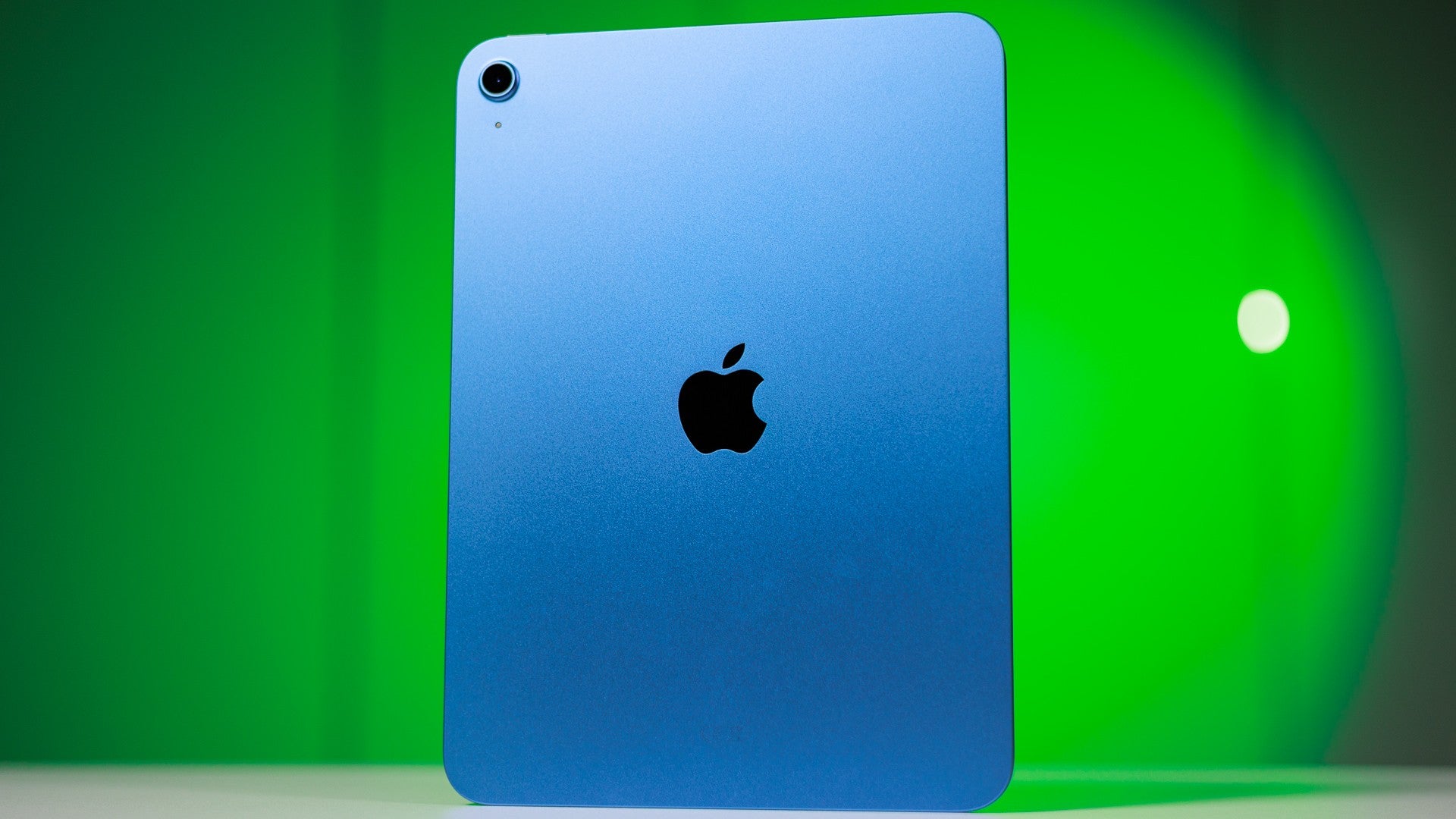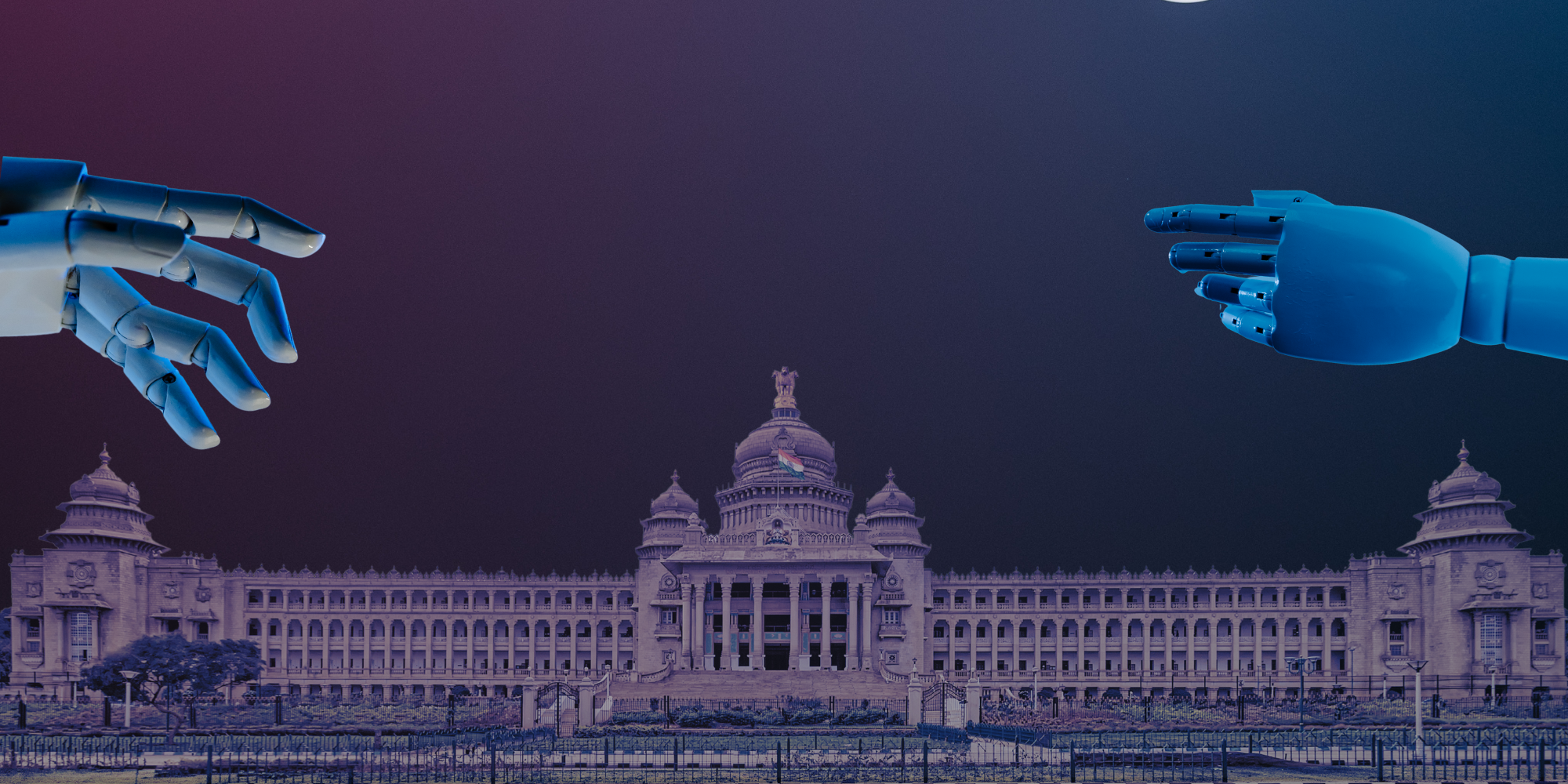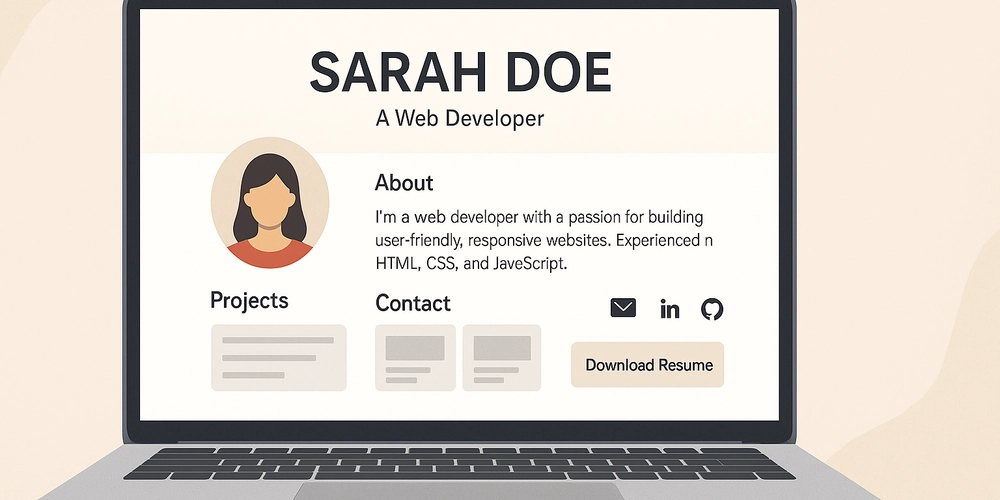How does Copilot differ from Zendesk AI Agent
How does Copilot differ from Zendesk AI Agent? In this era of customer service powered by AI, Zendesk launched two intelligent assistants to facilitate support experiences—Zendesk AI Copilot and the Zendesk AI Agent. Even though they are designed to provide more efficient and faster customer support, their applications are entirely different. So what makes Copilot different from AI Agent? In this blog, we will explain the roles, use cases, and features that make them unique so you can consider when to trigger each and how they can work together for a smarter support strategy. Here they are, Tools: Copilot versus AI Agent First, let's see what each one does. Zendesk AI Copilot is built as an assistant specifically for support agents. It works in the background for the productivity of human agents, giving suggestions, summarizing tickets, and surfacing useful info. Zendesk AI Agent, on the other hand, is a virtual agent facing the customer. Its activities consist of interacting directly with customers when answering questions, guiding them toward solutions, and at times, even resolving tickets—all without human intervention. In simple terms: Copilot assists humans. AI Agent assists customers. Core Function: Agent Assistant vs. Virtual Agent The Zendesk AI Copilot acts like a sidekick for support agents. It doesn’t talk to customers directly. Instead, it enhances the agent’s workflow by: Suggesting replies based on ticket content Summarizing long conversation threads Recommending relevant help articles Translating messages in real-time Tagging and categorizing tickets automatically The goal? To help humans do their job faster and better. In contrast, the AI Agent is a chatbot that interacts directly with customers in real-time. It handles tasks like: Answering FAQs Resolving simple to moderate queries Guiding users to help center content Collecting customer details before escalation Closing tickets for common issues Its goal is to reduce the need for human agents by handling tickets independently. Who Uses Them? AI Copilot is used by your internal support team. Example: An agent responding to a customer about a refund gets a Copilot-generated summary of the order history, suggested replies, and a list of similar past issues. AI Agent is used by your customers. Example: A customer visits your support page and chats with the AI Agent about delivery delays. The bot responds instantly, provides tracking info, and resolves the issue—without human help. Level of Automation Zendesk AI Copilot supports partial automation. It enhances human efficiency but doesn't replace humans. Zendesk AI Agent provides full automation for many common queries and tasks, reducing agent workload. In short, Copilot works with humans, while AI Agent can work instead of humans (in specific situations). Practical Instance: Joins Both Let's say a customer rings GetMacha, an online store, complaining about their awaited item not coming through. First, the AI Agent communicates with the customer requesting their order ID, goes on to look it up on the tracking system, and finds a clear explanation regarding a delay, relays that information, and closes the ticket. If it's a more complicated issue, such as a missing product or payment error, the AI Agent will escalate it to a human representative. Now comes the AI Copilot that summarizes the chat, tags the ticket, and forwards helpful context and reply suggestions to the human agent; thus, the handoff becomes fast and seamless. Interestingly, this collaboration between the AI Agent and the Copilot brings forth an increase in customer satisfaction as well as agent productivity. Reword Text: Real-World Example: Use Both Simultaneously Suppose a client calls up a business like GetMacha, such as an online shop, with a complaint about a late delivery. AI Agent first engages the customer, takes their order ID, and checks the tracking application. If clear reason found then share that and ticket closed. In case of a more complex issue, such as one where an item is missing or has been paid for incorrectly, the AI Agent would escalate it to a human agent. Now comes the AI Copilot that summarizes the chat, tags the ticket, and forwards helpful context and reply suggestions to the human agent; thus, the handoff becomes fast and seamless. Interestingly, this collaboration between the AI Agent and the Copilot brings forth an increase in customer satisfaction as well as agent productivity. Conclusive Thoughts Both Zendesk AI Copilot and Zendesk AI Agent effectively use artificial intelligence, but they fulfill different functions: Copilot is the productivity partner of your agent, while AI Agent is the first point of contact for your customers. These used together create a strong AI-using support system that will manage speed, accuracy, and human empathy. Whether you are an emerging enterprise or a mature business using both can ever remain the customer service up to date—building—an avenue of
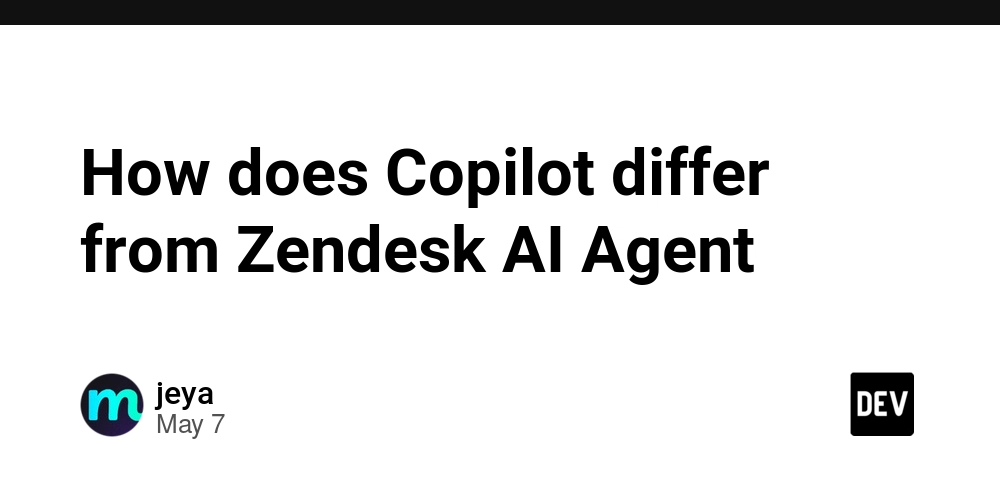
How does Copilot differ from Zendesk AI Agent?
In this era of customer service powered by AI, Zendesk launched two intelligent assistants to facilitate support experiences—Zendesk AI Copilot and the Zendesk AI Agent. Even though they are designed to provide more efficient and faster customer support, their applications are entirely different.
So what makes Copilot different from AI Agent? In this blog, we will explain the roles, use cases, and features that make them unique so you can consider when to trigger each and how they can work together for a smarter support strategy.
Here they are, Tools: Copilot versus AI Agent
First, let's see what each one does.
Zendesk AI Copilot is built as an assistant specifically for support agents. It works in the background for the productivity of human agents, giving suggestions, summarizing tickets, and surfacing useful info.
Zendesk AI Agent, on the other hand, is a virtual agent facing the customer. Its activities consist of interacting directly with customers when answering questions, guiding them toward solutions, and at times, even resolving tickets—all without human intervention.
In simple terms:
Copilot assists humans. AI Agent assists customers.
Core Function: Agent Assistant vs. Virtual Agent
The Zendesk AI Copilot acts like a sidekick for support agents. It doesn’t talk to customers directly. Instead, it enhances the agent’s workflow by:
Suggesting replies based on ticket content
Summarizing long conversation threads
Recommending relevant help articles
Translating messages in real-time
Tagging and categorizing tickets automatically
The goal? To help humans do their job faster and better.
In contrast, the AI Agent is a chatbot that interacts directly with customers in real-time. It handles tasks like:
Answering FAQs
Resolving simple to moderate queries
Guiding users to help center content
Collecting customer details before escalation
Closing tickets for common issues
Its goal is to reduce the need for human agents by handling tickets independently.
Who Uses Them?
AI Copilot is used by your internal support team.
Example: An agent responding to a customer about a refund gets a Copilot-generated summary of the order history, suggested replies, and a list of similar past issues.
AI Agent is used by your customers.
Example: A customer visits your support page and chats with the AI Agent about delivery delays. The bot responds instantly, provides tracking info, and resolves the issue—without human help.
Level of Automation
Zendesk AI Copilot supports partial automation. It enhances human efficiency but doesn't replace humans.
Zendesk AI Agent provides full automation for many common queries and tasks, reducing agent workload.
In short, Copilot works with humans, while AI Agent can work instead of humans (in specific situations).
Practical Instance: Joins Both
Let's say a customer rings GetMacha, an online store, complaining about their awaited item not coming through.
First, the AI Agent communicates with the customer requesting their order ID, goes on to look it up on the tracking system, and finds a clear explanation regarding a delay, relays that information, and closes the ticket.
If it's a more complicated issue, such as a missing product or payment error, the AI Agent will escalate it to a human representative.
Now comes the AI Copilot that summarizes the chat, tags the ticket, and forwards helpful context and reply suggestions to the human agent; thus, the handoff becomes fast and seamless.
Interestingly, this collaboration between the AI Agent and the Copilot brings forth an increase in customer satisfaction as well as agent productivity.
Reword Text: Real-World Example: Use Both Simultaneously
Suppose a client calls up a business like GetMacha, such as an online shop, with a complaint about a late delivery.
AI Agent first engages the customer, takes their order ID, and checks the tracking application. If clear reason found then share that and ticket closed.
In case of a more complex issue, such as one where an item is missing or has been paid for incorrectly, the AI Agent would escalate it to a human agent.
Now comes the AI Copilot that summarizes the chat, tags the ticket, and forwards helpful context and reply suggestions to the human agent; thus, the handoff becomes fast and seamless.
Interestingly, this collaboration between the AI Agent and the Copilot brings forth an increase in customer satisfaction as well as agent productivity.
Conclusive Thoughts
Both Zendesk AI Copilot and Zendesk AI Agent effectively use artificial intelligence, but they fulfill different functions: Copilot is the productivity partner of your agent, while AI Agent is the first point of contact for your customers. These used together create a strong AI-using support system that will manage speed, accuracy, and human empathy. Whether you are an emerging enterprise or a mature business using both can ever remain the customer service up to date—building—an avenue of time, cost saving, and better experiences for all parties involved.










































































































































































![[The AI Show Episode 146]: Rise of “AI-First” Companies, AI Job Disruption, GPT-4o Update Gets Rolled Back, How Big Consulting Firms Use AI, and Meta AI App](https://www.marketingaiinstitute.com/hubfs/ep%20146%20cover.png)










































































































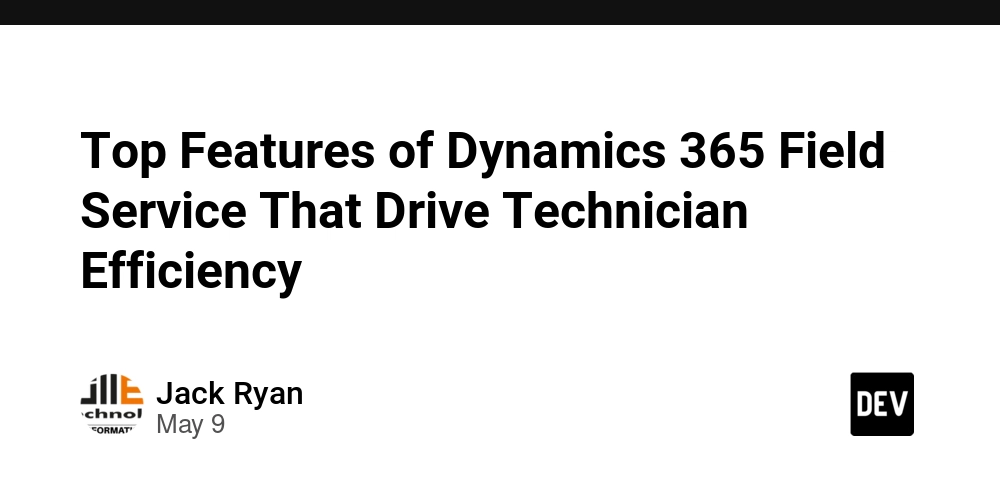
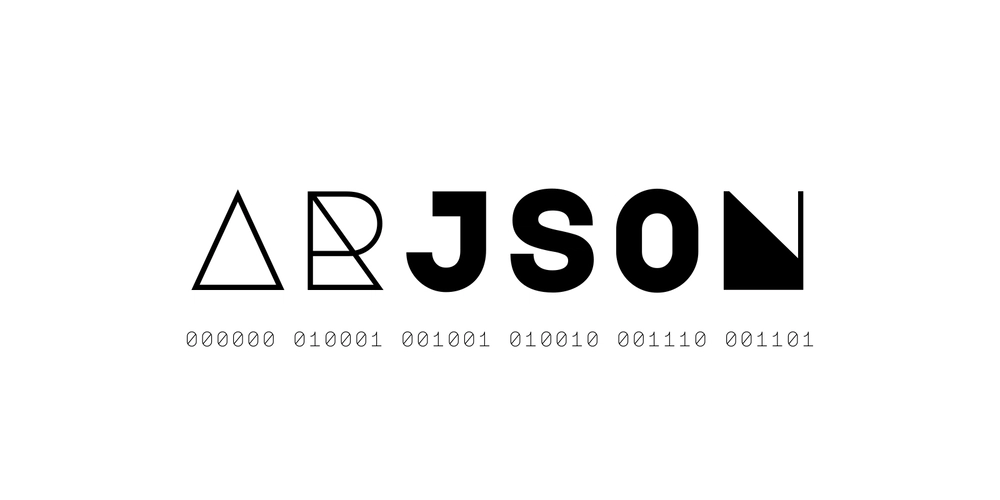















































































































































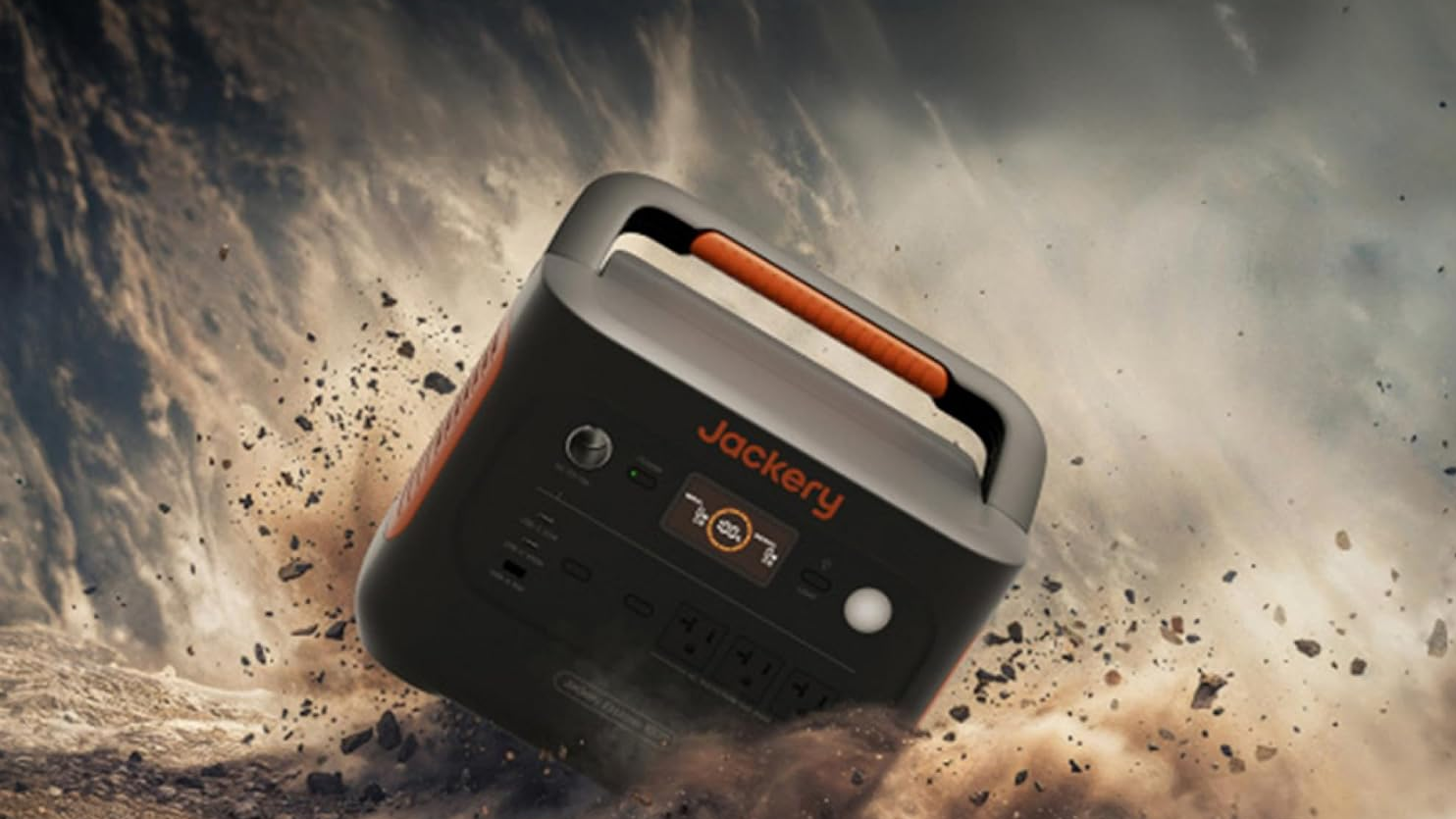














_Aleksey_Funtap_Alamy.jpg?width=1280&auto=webp&quality=80&disable=upscale#)
_Sergey_Tarasov_Alamy.jpg?width=1280&auto=webp&quality=80&disable=upscale#)












































































































![Apple Foldable iPhone to Feature New Display Tech, 19% Thinner Panel [Rumor]](https://www.iclarified.com/images/news/97271/97271/97271-640.jpg)
![Apple Developing New Chips for Smart Glasses, Macs, AI Servers [Report]](https://www.iclarified.com/images/news/97269/97269/97269-640.jpg)
![Apple Shares New Mother's Day Ad: 'A Gift for Mom' [Video]](https://www.iclarified.com/images/news/97267/97267/97267-640.jpg)
![Apple Shares Official Trailer for 'Stick' Starring Owen Wilson [Video]](https://www.iclarified.com/images/news/97264/97264/97264-640.jpg)

















































